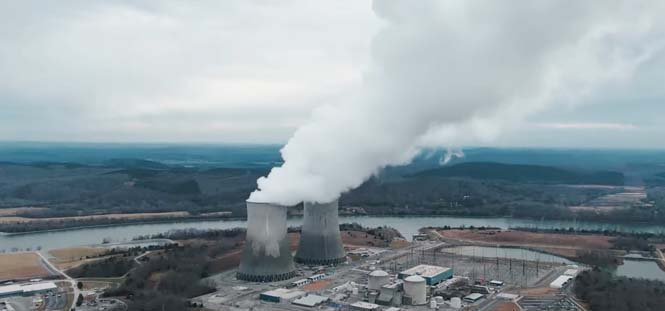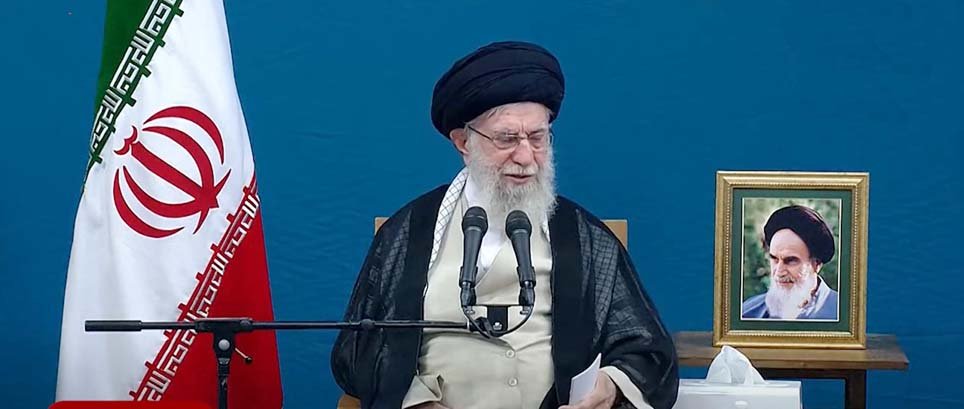Introduction:
A groundbreaking study published in Nature Geoscience has unequivocally refuted claims that a 5.9-magnitude earthquake in southern Iran’s Hormozgan Province in November 2023 was caused by a covert nuclear test. The research, led by an international team of seismologists and geophysicists, confirms the quake was triggered by natural tectonic shifts, countering viral misinformation that linked it to Iran’s nuclear program. This revelation not only clarifies the scientific reality but also addresses the fears of affected communities and rising geopolitical tensions.
Scientific Breakdown: How Researchers Confirmed the Earthquake’s Natural Cause
The earthquake, centered near Bandar Abbas—a port city along the Persian Gulf—occurred in the seismically active Zagros Mountains, a region prone to tectonic collisions between the Arabian and Eurasian plates. According to the U.S. Geological Survey (USGS), the quake originated at a depth of 10 kilometers, consistent with natural fault slippage rather than a shallow underground explosion typical of nuclear tests.
The research team analyzed seismic waveforms collected by global monitoring networks, including the Comprehensive Nuclear-Test-Ban Treaty Organization (CTBTO), which operates 170 stations worldwide to detect nuclear activity. Dr. Lars Hansen, a co-author from the University of Oxford, explained: “Nuclear explosions produce unique high-frequency P-waves and symmetrical S-waves, but the Iran event showed chaotic, low-frequency signals characteristic of tectonic stress release.”
Additionally, the CTBTO’s radionuclide detectors found no traces of radioactive isotopes like xenon-133, which are telltale markers of nuclear fission.
The Conspiracy Theory’s Origins: Geopolitics and Misinformation
Rumors of a clandestine nuclear test began circulating on social media within hours of the quake. Anti-Iranian groups shared grainy satellite images of desert terrain near Bandar Abbas, falsely claiming it showed “blast craters” or “secret tunnels.” A Reuters investigation later revealed these images depicted routine road construction projects unrelated to military activity.
Iran’s history of nuclear negotiations—including the collapsed 2015 Joint Comprehensive Plan of Action (JCPOA)—has made it a frequent target of suspicion. “Accusations like these thrive in environments of distrust,” said Dr. Sanam Vakil, a Middle East analyst at Chatham House, in an interview with BBC Persian. “They exploit public anxiety about Iran’s uranium enrichment progress, even when evidence is absent.”
Human Toll: Survivors Face Ruin Amidst Rumors
The earthquake damaged over 1,200 homes, destroyed critical infrastructure, and displaced 4,000 residents. In the village of Fin, 45-year-old farmer Reza Karimi described the chaos: “We heard a roar, then the walls collapsed. Later, people whispered it was a bomb—it made our children cry all night.”
Local NGOs reported that conspiracy theories delayed aid efforts, as some international donors hesitated to engage amid nuclear-related suspicions. “Misinformation distracts from urgent needs like temporary shelters and medical supplies,” said Leila Sobhani, director of the Iranian Red Crescent’s disaster response team.
Iran’s disaster management has long been strained by U.S. sanctions, which complicate imports of advanced rescue equipment.

Global Reactions: Science vs. Speculation
The study’s findings have been welcomed by diplomats seeking to revive stalled nuclear talks. A spokesperson for the European Union stated, “This research underscores the need for evidence-based dialogue, not fearmongering.” Meanwhile, U.S. State Department officials reiterated calls for Iran to fully cooperate with IAEA inspectors to preempt future misinformation.
Iranian Foreign Minister Hossein Amir-Abdollahian criticized the conspiracy theories as “Western propaganda,” adding, “Our nuclear program is peaceful, and such false claims only harm regional stability.”
Why Misinformation Spreads: Experts Weigh In
Dr. Claire Wardle, a misinformation researcher at Brown University, told The Guardian that natural disasters often spark conspiracy theories due to their unpredictability. “When people feel powerless, they seek narratives that assign blame—even if those narratives are false,” she said.
Social media algorithms amplify such claims by prioritizing sensational content. A 2023 Stanford Internet Observatory report found that posts linking the Iran earthquake to nuclear tests received 300% more engagement than factual updates.
Conclusion: From Fear to Resilience
The study not only debunks a dangerous myth but also highlights the human cost of misinformation. As Bandar Abbas rebuilds, survivors like Mariam Hassani emphasize resilience: “We don’t care about rumors—we just want our homes back.”
For scientists, the lesson is clear: Rapid, transparent communication is vital to counter falsehoods during crises. As global tensions simmer, this research reaffirms the importance of grounding policy in geoscience, not conjecture.
Sources:
- Nature Geoscience: Peer-reviewed study on seismic data analysis.
- U.S. Geological Survey (USGS): Earthquake depth and tectonic context.
- Comprehensive Nuclear-Test-Ban Treaty Organization (CTBTO): Radionuclide detection findings.
- Reuters: Investigation into satellite imagery claims.
- BBC Persian: Interview with Sanam Vakil.
- The Guardian: Insights from misinformation expert Dr. Claire Wardle.
- Stanford Internet Observatory: Social media engagement analysis.

